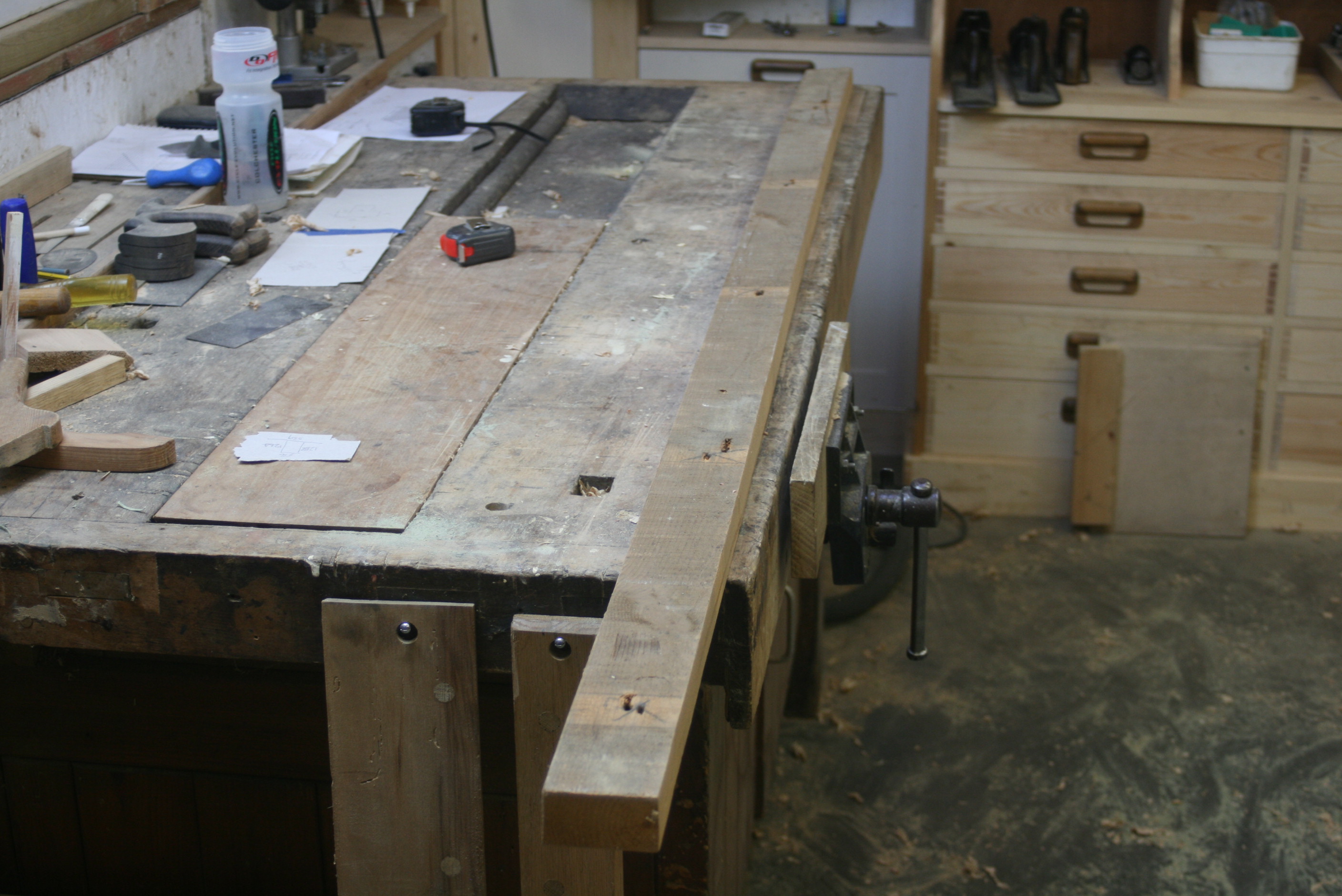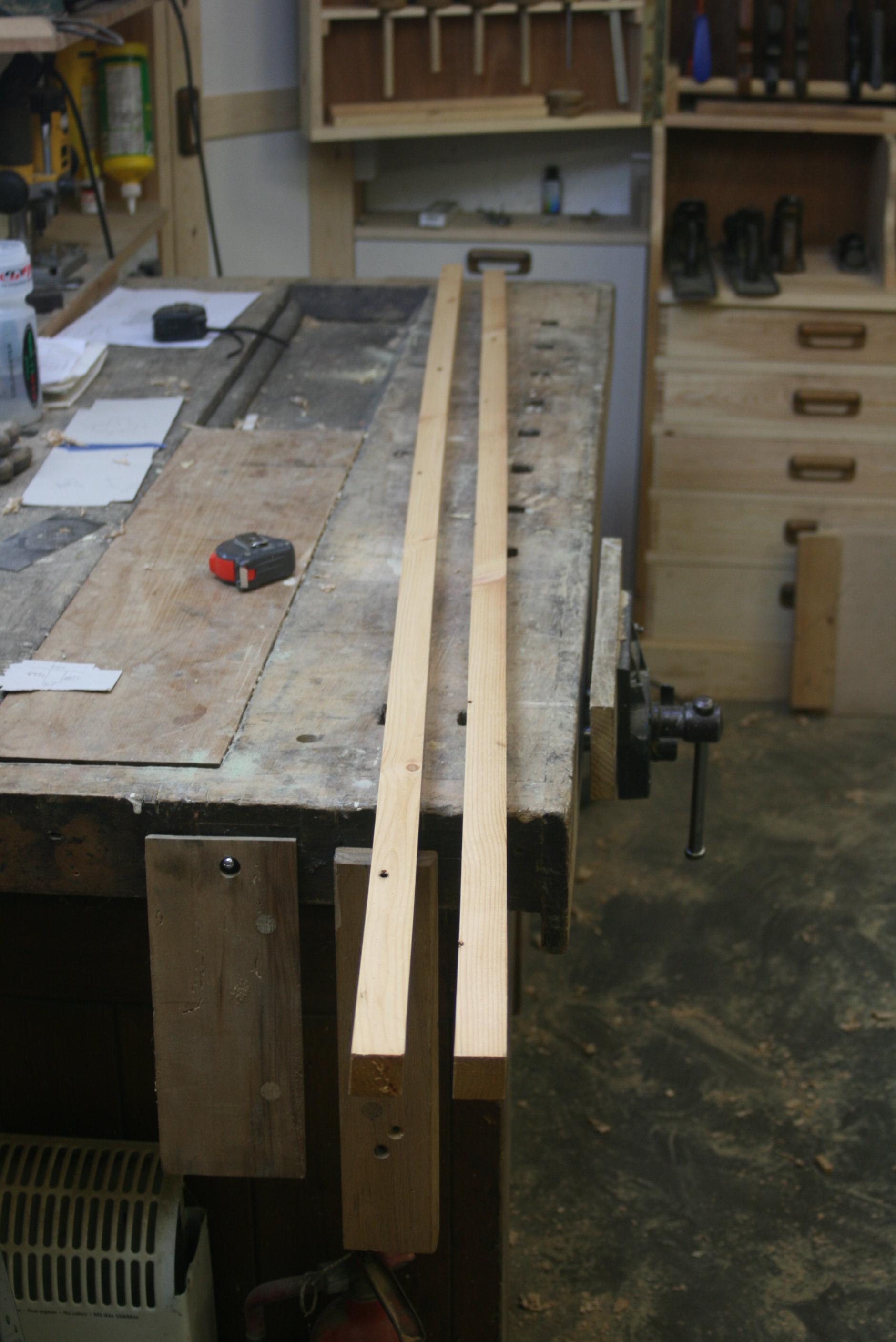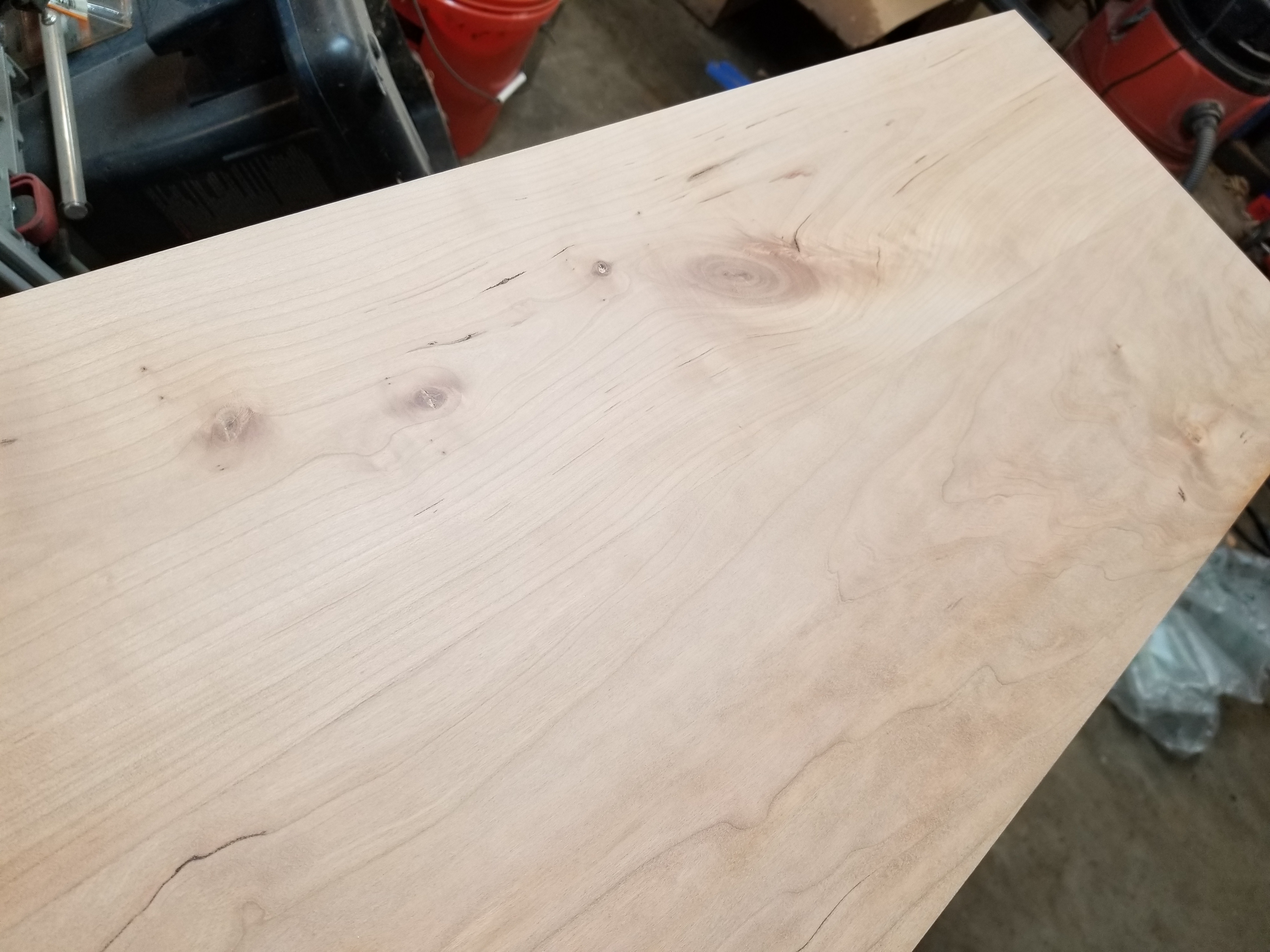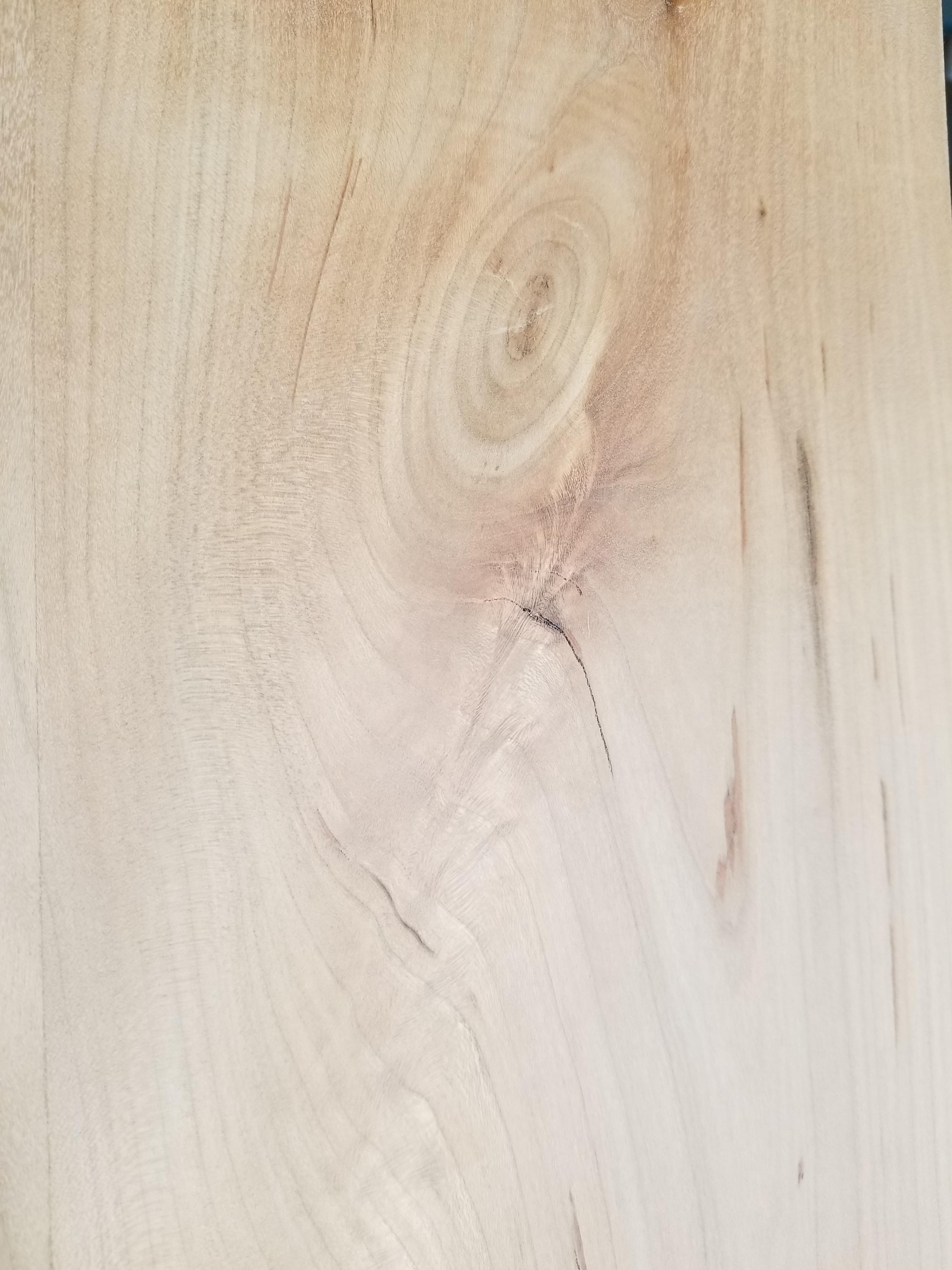Sharpen your plane well, but use the cap iron properly more importantly, and then just plane them.
plane them with a heavy shaving until you've gotten most of the filth out of them and then plane them with a light shaving to clean up the area. Presumably you will be finish sanding - your planing will aid you in doing a lot less sanding to remove issues.
Disregard any advice from anyone who tells you that learning to use the cap iron isn't important (if you're going to try to do something like this regularly - and it applies to ribboned grain, anything).
The process once you learn to set the cap is simple. Through strokes, one end to the other until you get a reasonable surface, and then fine strokes to refine it followed up (if the surface will be finished directly off of the plane, sharpen just before the fine strokes so that you don't have any edge defects leaving lines on the work).
Here is a surface that I planed a couple of days ago. This is not great quality wood, but the top of this case would only be viewable by a 7 footer, so the stock goes to the top. It will be stained. I don't wish to deal with tearout or scraping or any other faffing - heavy hand work (like jack planing) is where knots should punish you, but not in smoothing.
There is no planing various directions or anything here, just the simple process i mentioned - through strokes, overlapping, cap iron set, heavier shaving then final thin shaving. The smoothing process for this particular case top was probably about 2 minutes. This is something you want to learn, because it will work on woods hard or soft, etc, and your ability to avoid tearout won't be dependent on sharpness.
this was done with a common stanley 4. One made in the 1960s - nothing expensive is needed.




































